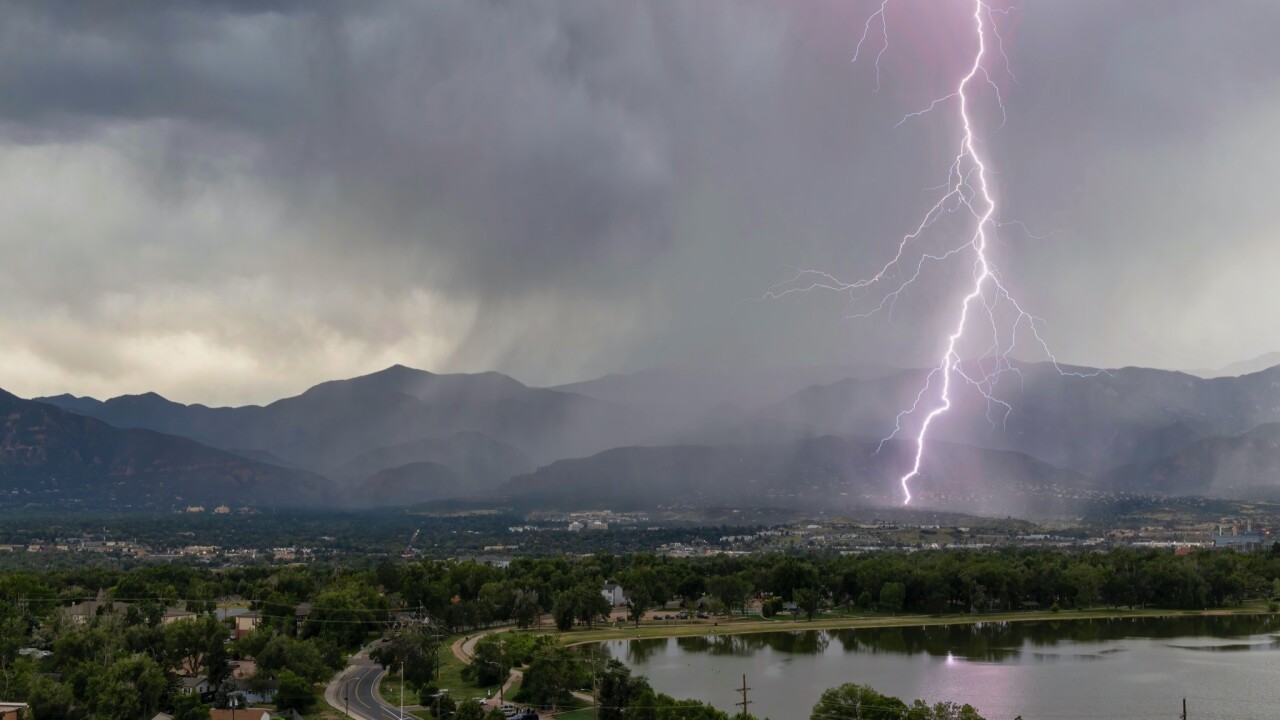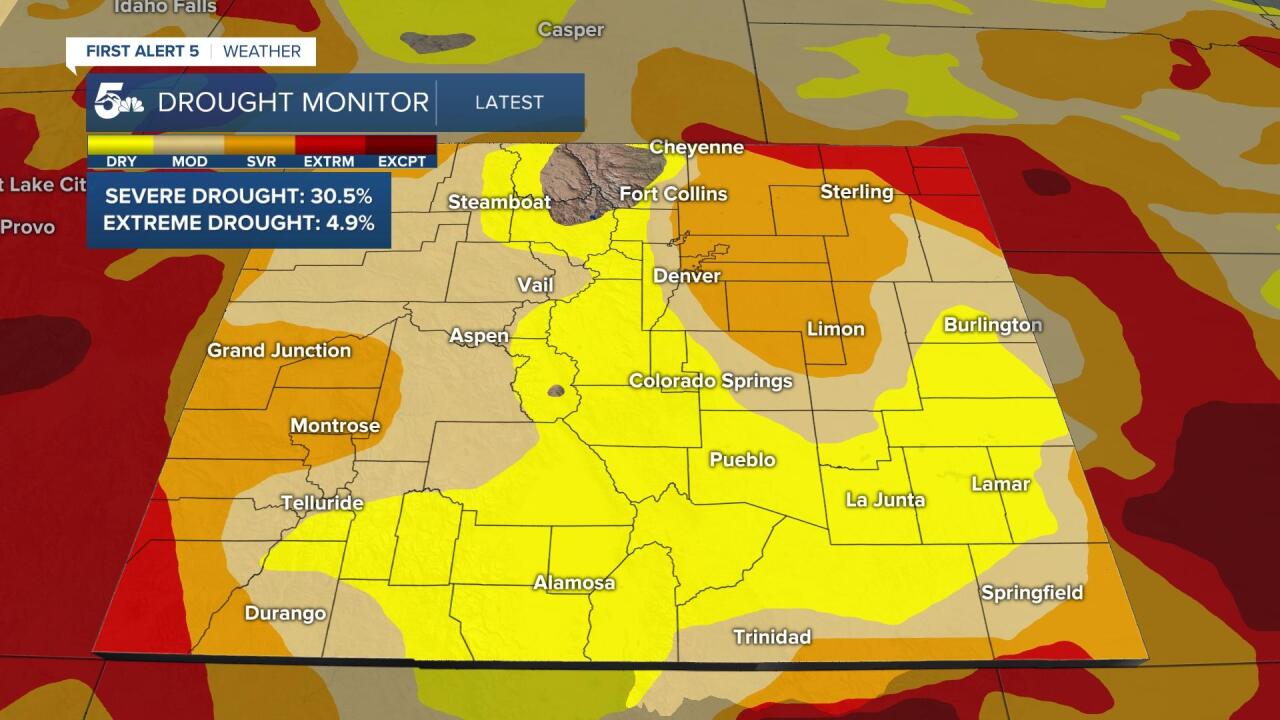It finally happened... Colorado had an actual monsoon season!
The North American Monsoon is a yearly phenomenon that can bring rain to the drought-stricken desert southwest, including Colorado.
Over the past few years, we really haven't seen much monsoon moisture, leading to very little drought reduction and large fires in the late Summer and early Fall (looking at you, 2020).

This year, things have been a little different!
Intense heat and drought over the Midwest has allowed monsoon moisture to flood into Colorado from late June through the first week of August.

This rain, which has ranged from 2 to nearly 15 inches across the Front Range and eastern plains, has led to a dramatic decrease in drought from early June to August.

Colorado Springs has seen nearly 7 inches of rain at our climate site near the airport. This is about three-quarters of an inch more than we usually see from June through early August.
Pueblo has done alright, but we're sitting around an inch under what we usually see in the same time period.

Just look at how different things were at the start of June.
We had extensive drought across the entire southern half of the state, with only a narrow corridor from Pueblo up the Front Range where things were abnormally dry.

Now, the severe drought conditions have been nearly cut in half, and only 4 percent of the state is seeing extreme drought conditions.
We're not out of the woods yet... but August does tend to be our second wettest month of the year in regards to rain, and we could still see occasional monsoon rain storms through the third week of the month.
Long range models are hinting that the end of next week into the third week of August could be promising for more rain locally along and east of I-25.
We're going to need it, because rainfall rates can drop dramatically in September, and we can still have plenty of hot days leading into October.

As far as the nation goes, Colorado is staying pretty close to normal in regards to observed rainfall.
Texas, most of the west from California to Utah, and north across the midwest, states are much drier than what is considered normal for this time of year.


